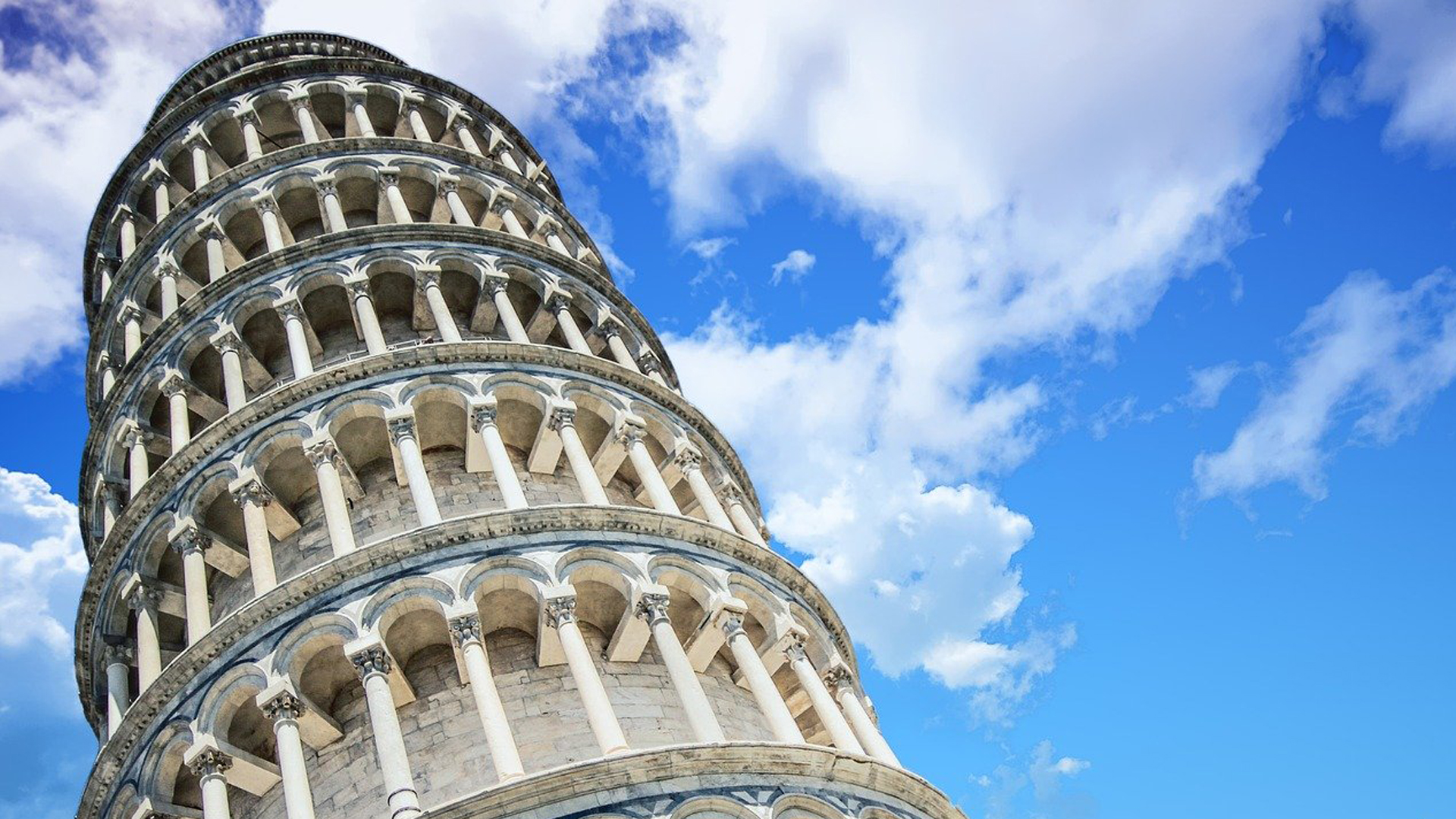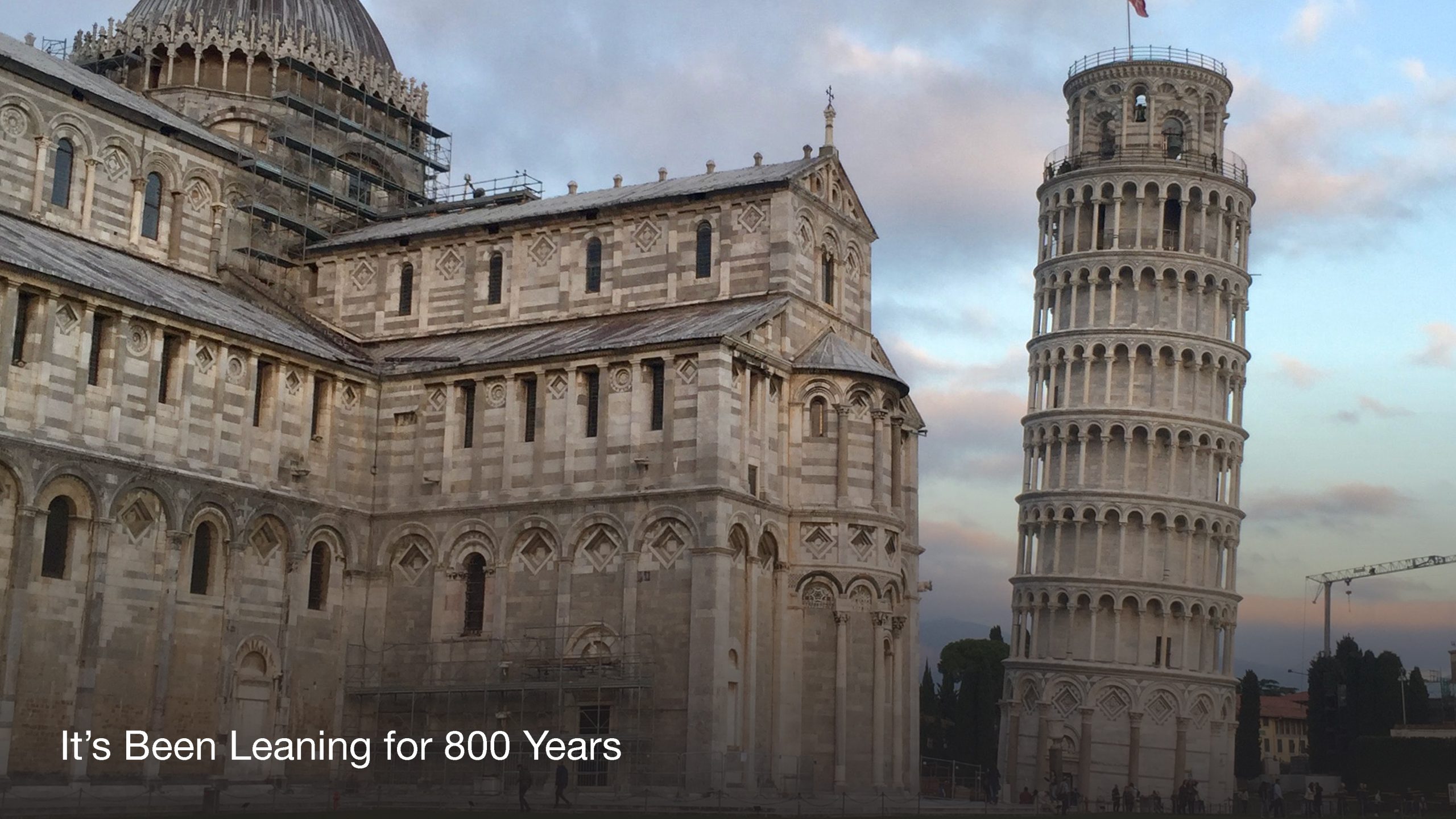
The Leaning Tower of Pisa was constructed between 1173 and 1399, and, believe it or not, has actually been leaning as early as 1178, when only three stories were constructed.
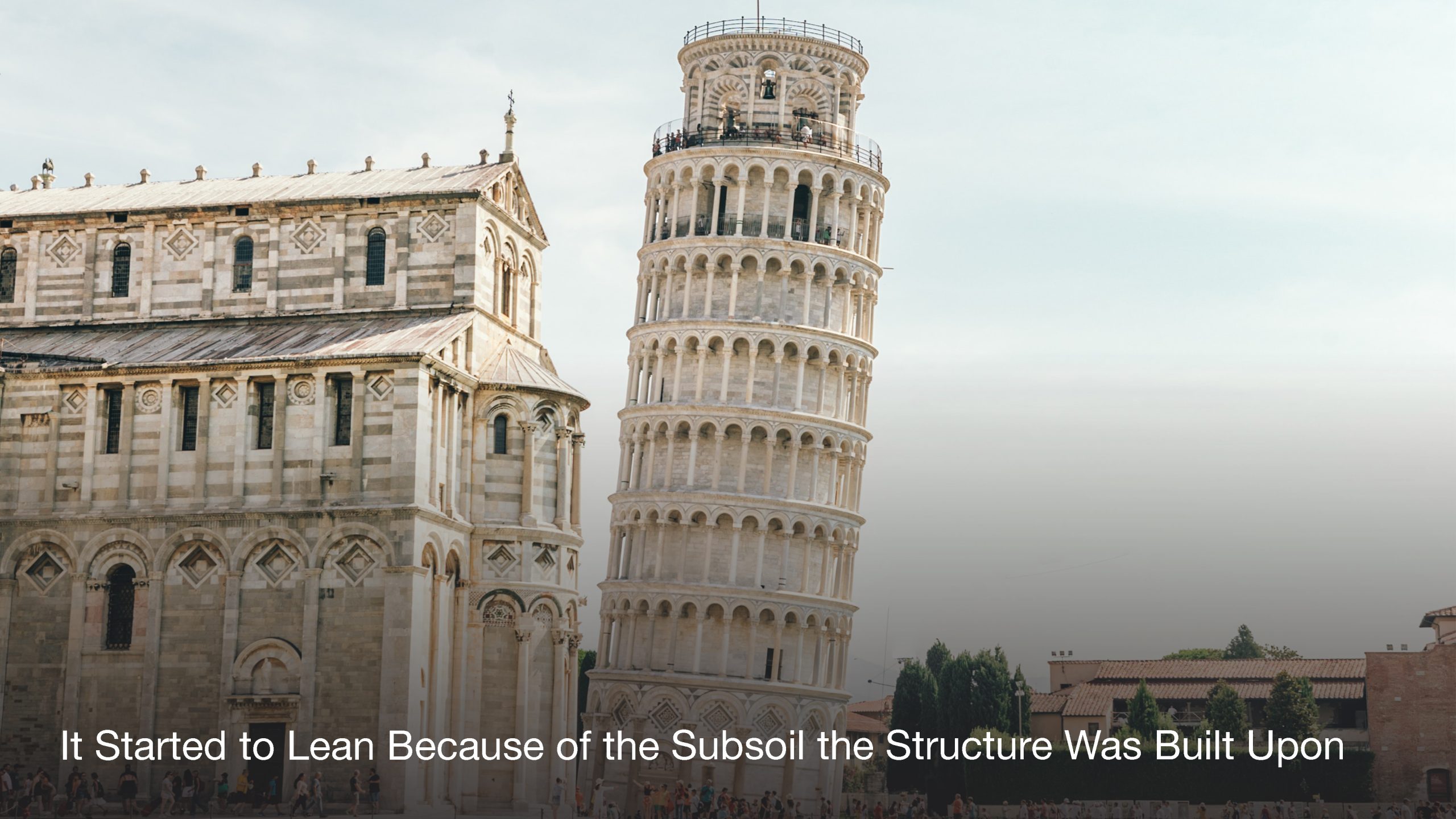
The name “Pisa” comes from the Greek word for “marshy land.” The cathedral and tower’s architects failed to take into account the area’s soil, and by giving it a shallow foundation, it began to tilt just after the second floor was added. The builders tried to offset the tilt by making the arches on the tower’s south side two inches taller than those on the north. When it continued to lean, construction was halted for nearly a century.
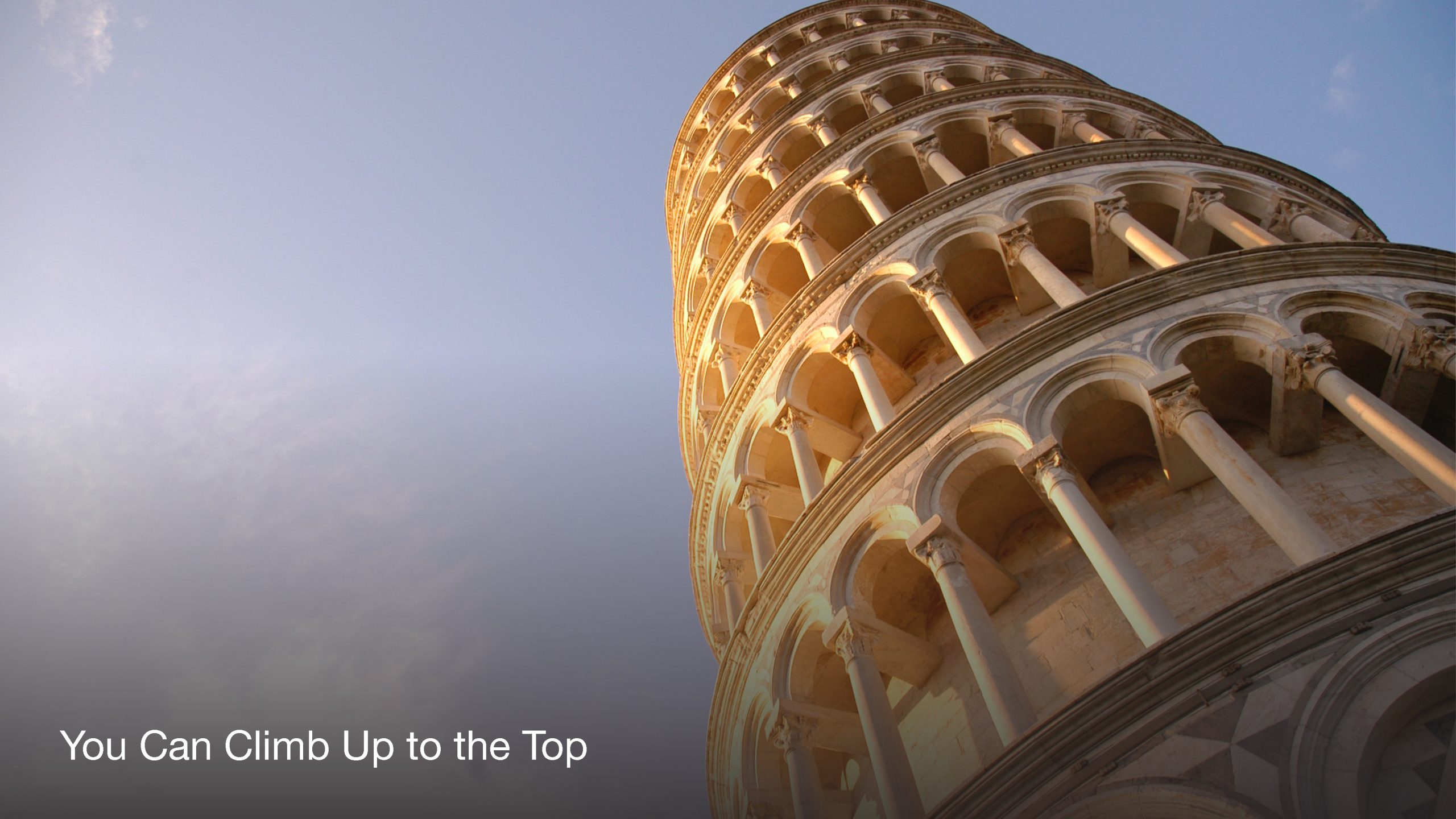
Although it may look structurally unsound, it's actually safe to climb up to the top. The tower is constantly monitored, and with restoration and un-tilting efforts in the 1990s, it is able to accommodate many daily visitors.
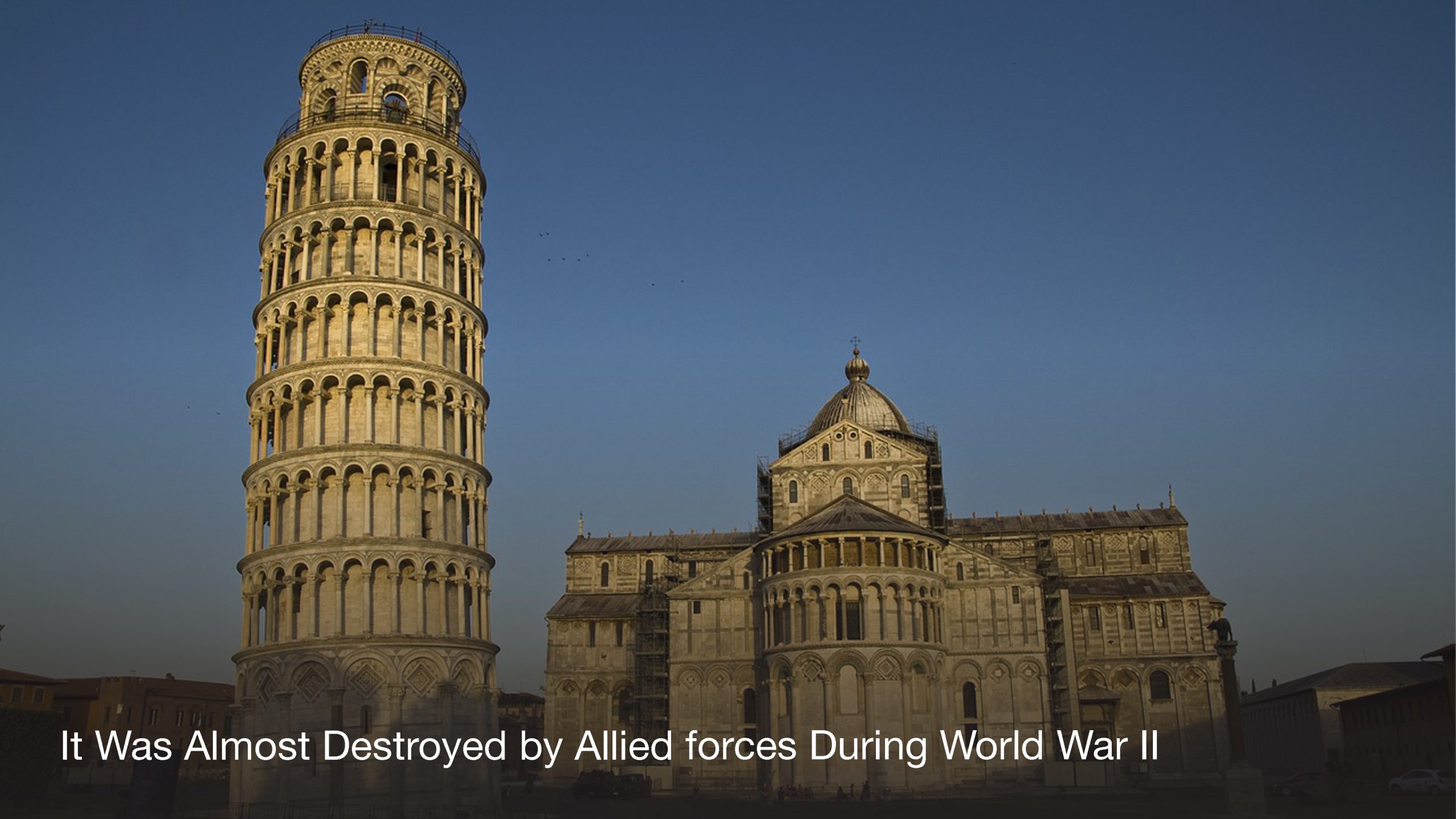
During World War II, allied forces had orders to tear down any buildings in Italy that could serve as sniper’s nests – the German forces occupying the area at the time actually used the tower as a lookout. It’s said that when the Allied forces arrived in Pisa, they were so taken with the medieval tower’s beauty that they decided to leave it unscathed.

The oldest bell was cast in 1262, and the most recent was recast in 2004. Each of the seven bells are named, and they include Il Crocifisso (the Crucifix), L’Assunta (The Assumption), and La Terza (The Third.)
Asia London Palomba
Asia London Palomba is a trilingual freelance journalist from Rome, Italy. In the past, her work on culture, travel, and history has been published in The Boston Globe, Atlas Obscura, The Christian Science Monitor, and Grub Street, New York Magazine's food section. In her free time, Asia enjoys traveling home to Italy to spend time with family and friends, drinking Hugo Spritzes, and making her nonna's homemade cavatelli.


